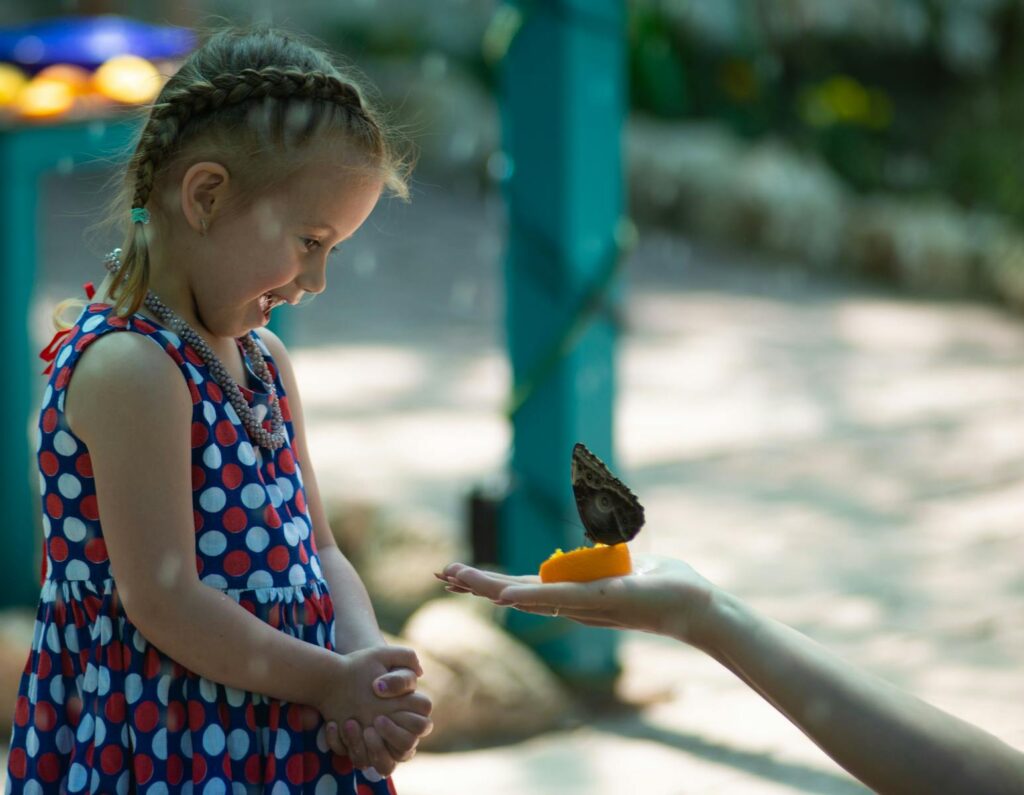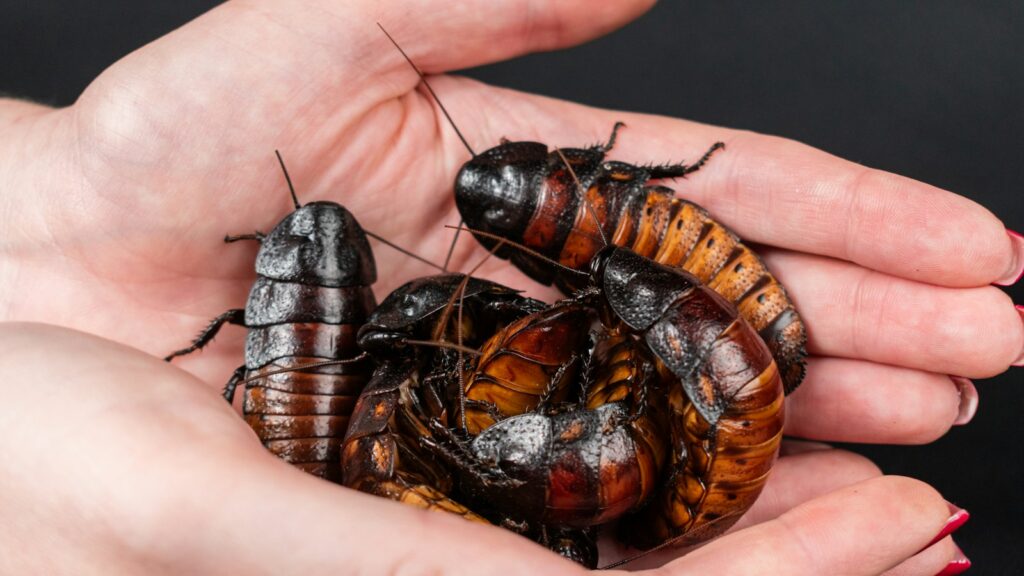
Many parents find themselves faced with the inevitable “Can I have a pet?” question from their children. While cats and dogs often come to mind first, they require significant time, space, and financial commitments that many families aren’t ready for. Enter the humble insect—nature’s tiny marvel that offers an accessible, educational, and surprisingly engaging introduction to pet ownership. Insects provide children with hands-on learning experiences about biology, responsibility, and the natural world, all while requiring minimal space and resources. From gentle butterflies to industrious ants, these six-legged creatures can spark wonder and curiosity in ways that transform a child’s understanding of the world around them. Let’s explore why insects make the perfect first pet for curious young minds.
Low Maintenance Care Requirements
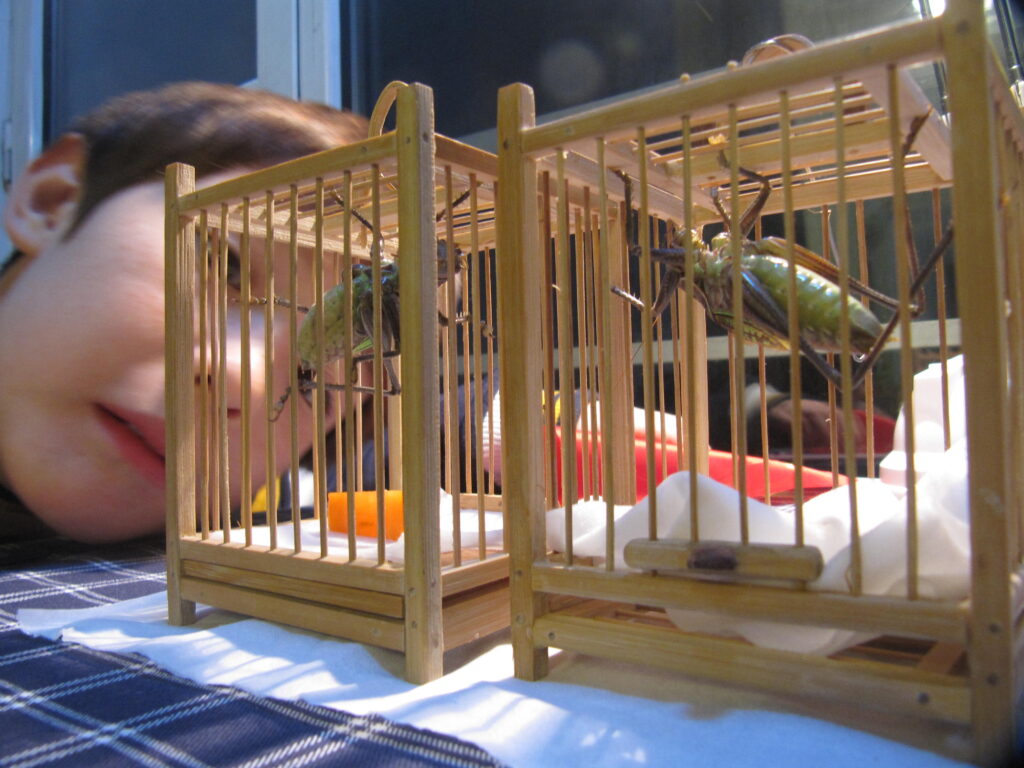
Unlike traditional pets that demand daily walks, extensive grooming, or constant attention, insects typically require minimal care while still teaching children about responsibility. Most insect pets need simple habitat maintenance that can be performed weekly rather than daily, making them ideal for busy families or children just learning to care for another living being. Feeding schedules are usually straightforward—whether providing fresh leaves for caterpillars or commercial food mix for crickets—and can easily be managed by children with minimal supervision. Housing requirements are equally simple, with many insects thriving in repurposed containers or inexpensive terrariums that take up little space in a child’s room. This low-maintenance nature allows children to experience the rewards of pet ownership without overwhelming them with complex care routines.
Affordable Entry Into Pet Ownership

The financial barrier to insect ownership is remarkably low, making these tiny creatures accessible to families on virtually any budget. While puppies and kittens can cost hundreds or thousands of dollars between initial purchase, veterinary care, and ongoing supplies, most insect pets can be acquired for under $20—sometimes for free from your own backyard (where legal and ethical). The habitat setup typically costs between $10-50 depending on how elaborate you choose to make it, with many DIY options available using household materials. Ongoing expenses are minimal, with food costs typically amounting to just a few dollars per month. This affordability doesn’t just benefit parents’ wallets—it also means children can potentially use their own allowance to contribute to their pet’s care, fostering a deeper sense of ownership and responsibility.
Short Lifespans Offer Important Life Lessons
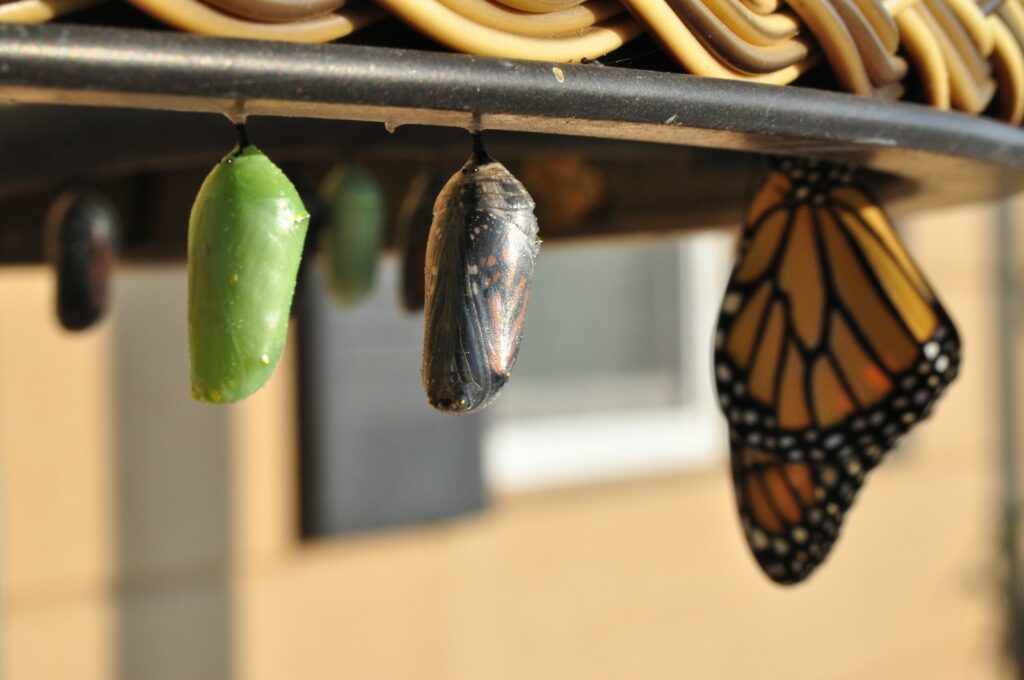
While it might initially seem counterintuitive to list a short lifespan as a benefit, the relatively brief life cycle of most insects (typically weeks to months, though some can live for years) provides children with gentle exposure to the concepts of life and death. When a child’s first experience with loss comes from an insect rather than a family dog or cat, the emotional impact is manageable while still providing an opportunity for important conversations about the natural cycle of life. Many insects, like butterflies, offer the additional educational experience of witnessing complete metamorphosis, where children can observe the entire life cycle from egg to adult within a matter of weeks. These experiences create natural opportunities for parents to discuss complex topics like mortality in an age-appropriate context, helping children develop emotional resilience and understanding about life’s impermanence.
Fascinating Behaviors to Observe
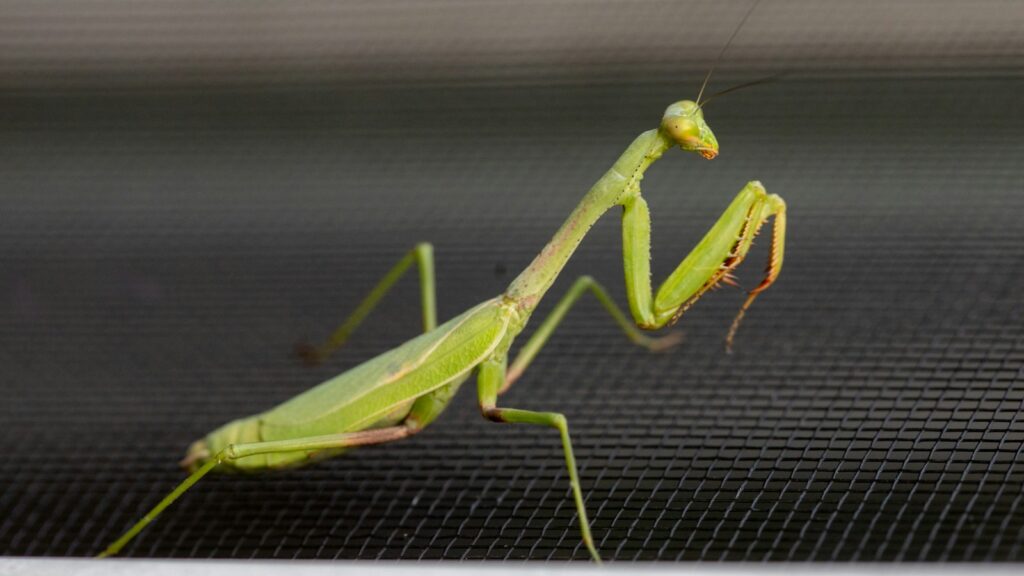
Despite their small size, insects display remarkable behaviors that captivate children’s attention and foster observational skills. Ant colonies demonstrate complex social structures where children can witness division of labor, communication patterns, and cooperative problem-solving that mirror human societies in surprising ways. Praying mantises exhibit patient hunting techniques and lightning-fast strikes that demonstrate predator-prey relationships right before a child’s eyes. Stick insects showcase incredible camouflage abilities that can spark conversations about adaptation and survival. Even common mealworms provide entertainment as they transform through their life stages, teaching children about patience and the rewards of careful observation. These observable behaviors encourage children to slow down, pay attention to details, and develop scientific inquiry skills as they formulate questions about why insects behave as they do.
Educational Value Beyond Biology

Keeping insect pets offers educational opportunities that extend far beyond basic biology lessons. Children naturally develop research skills as they seek information about their specific insect’s needs, habitat preferences, and behaviors, whether through books, websites, or conversations with knowledgeable adults. Mathematical concepts emerge organically as children measure growth rates, count offspring, or calculate food quantities based on their pet population. Language arts skills are reinforced when children keep observation journals, create care manuals, or simply explain their pet’s interesting characteristics to friends and family. Cultural and historical connections can be explored through learning how different societies view these insects, from the sacred scarab beetles of ancient Egypt to the symbolic meaning of crickets in Asian cultures. This multidisciplinary learning happens naturally through a child’s curiosity about their pet, making education feel like discovery rather than work.
Perfect Scale for Small Hands and Spaces
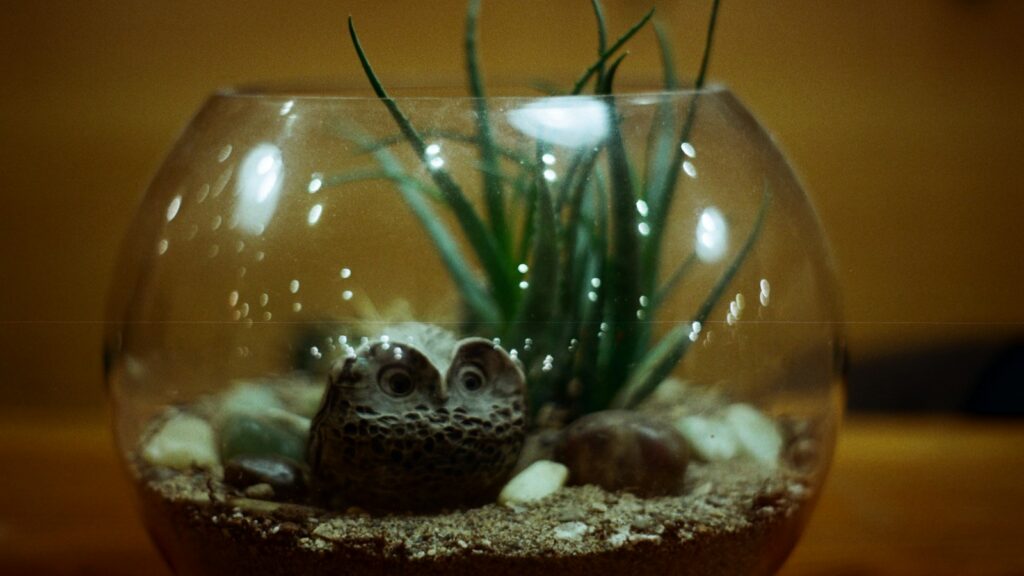
The miniature world of insects operates at a scale perfectly suited to children’s hands and living spaces. Even in small apartments or shared bedrooms, insect habitats require minimal space—a small terrarium can fit comfortably on a desk or bookshelf while housing a thriving insect community. This compact nature allows children to create and maintain entire ecosystems within a container the size of a shoebox, giving them a sense of control and ownership that isn’t possible with larger pets. The scale of insects also provides a unique perspective shift, encouraging children to notice and appreciate the smaller details in the world around them. Many insect habitats, like ant farms with transparent walls or butterfly gardens with viewing windows, are specifically designed to make observation easy and engaging for young eyes, turning a child’s desk into a window to another world.
Minimal Allergy Concerns

For families with allergy concerns, insects present a welcome alternative to furry pets that can trigger asthma or allergic reactions. Unlike mammals and birds that produce dander, insects have exoskeletons and typically don’t generate the allergens that cause problems for sensitive individuals. This hypoallergenic quality makes insects accessible to children who might otherwise miss out on the experience of pet ownership due to health restrictions. Families with existing allergies need not worry about additional cleaning requirements, air purifiers, or medication that might be necessary with traditional pets. Some insects, like cockroaches, can be allergens, but the popular pet species like stick insects, mantises, and butterflies rarely cause allergic reactions when properly housed. This allows children with even the most sensitive respiratory systems to enjoy the benefits of nurturing and observing a living creature.
Building Empathy for All Creatures

Caring for insects helps children develop empathy and respect for creatures that society often overlooks or fears. When a child tends to a caterpillar’s needs or creates the perfect habitat for a beetle, they begin to see value in all forms of life, not just the conventionally cute or popular animals. This expanded circle of empathy can translate to greater environmental awareness and conservation mindedness as children grow up. Many adults who developed early connections with insects report less fear of them and more appreciation for their ecological importance. Children learn that even the smallest creatures have specific needs, preferences, and behaviors worthy of respect and consideration. This perspective shift can be particularly powerful for children who might initially be squeamish, as their firsthand experience caring for insects transforms vague fear into informed appreciation.
Popular Beginner-Friendly Insect Species

Several insect species have earned reputations as particularly suitable first pets for children due to their hardiness, interesting behaviors, and simple care requirements. Stick insects (Phasmatodea) are peaceful herbivores that fascinate children with their remarkable camouflage abilities and gentle nature, requiring only fresh leaves and occasional misting to thrive. Butterflies, particularly through raise-your-own kits that include caterpillars and food, provide the magical experience of metamorphosis within a few short weeks, though they’re temporary pets rather than long-term companions. Ant farms remain popular for good reason, offering views of complex social behaviors and tunnel construction that can keep children engaged for months of observation. For slightly older or more experienced children, praying mantises provide entertainment through their hunting behaviors and alien-like appearance, though they require live food which some families might prefer to avoid. Each species offers unique educational opportunities and care experiences that can be matched to a child’s age, interest level, and responsibility readiness.
Developing Scientific Thinking Skills
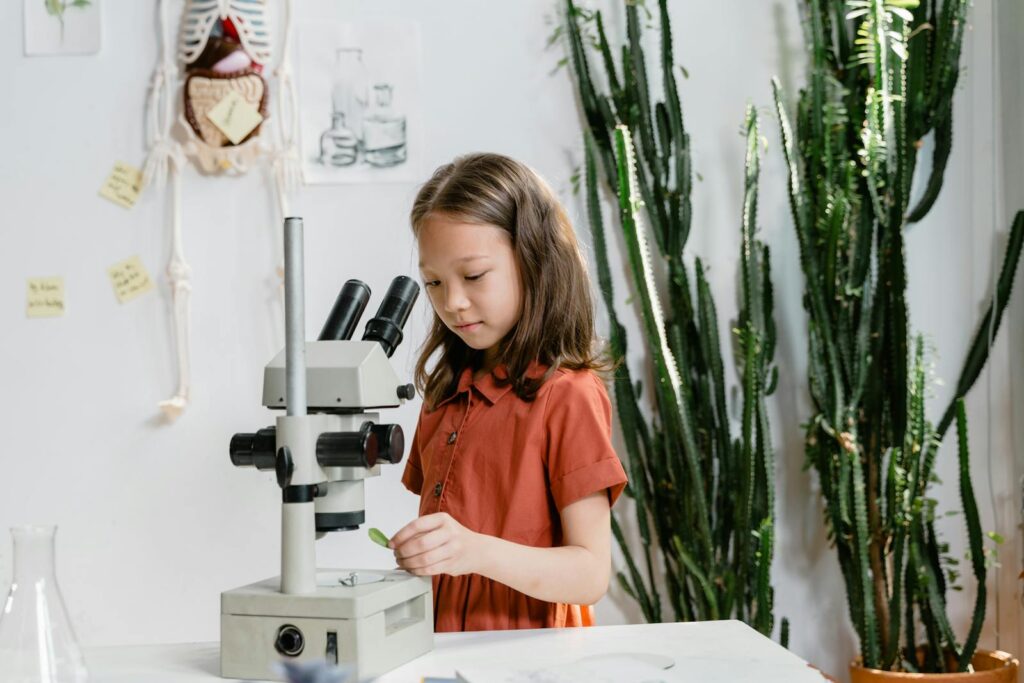
Insect pets naturally encourage children to think like scientists, developing crucial critical thinking skills through regular observation and care. When a child notices their beetle hiding more than usual or their caterpillar eating less, they begin forming hypotheses about what might be happening—perhaps the habitat is too dry, or the food isn’t fresh enough. This process of observation, questioning, hypothesis formation, and testing solutions mirrors the scientific method that underpins all discovery and innovation. Children become data collectors as they note changes in behavior, growth patterns, or habitat preferences, sometimes creating their first charts or journals to track these observations. The accessibility of insects means children can even design simple, harmless experiments—like offering different foods or habitat features—to learn more about their pet’s preferences. These early experiences with scientific thinking can foster a lifelong comfort with evidence-based reasoning and curiosity-driven learning.
Ethical and Environmental Considerations
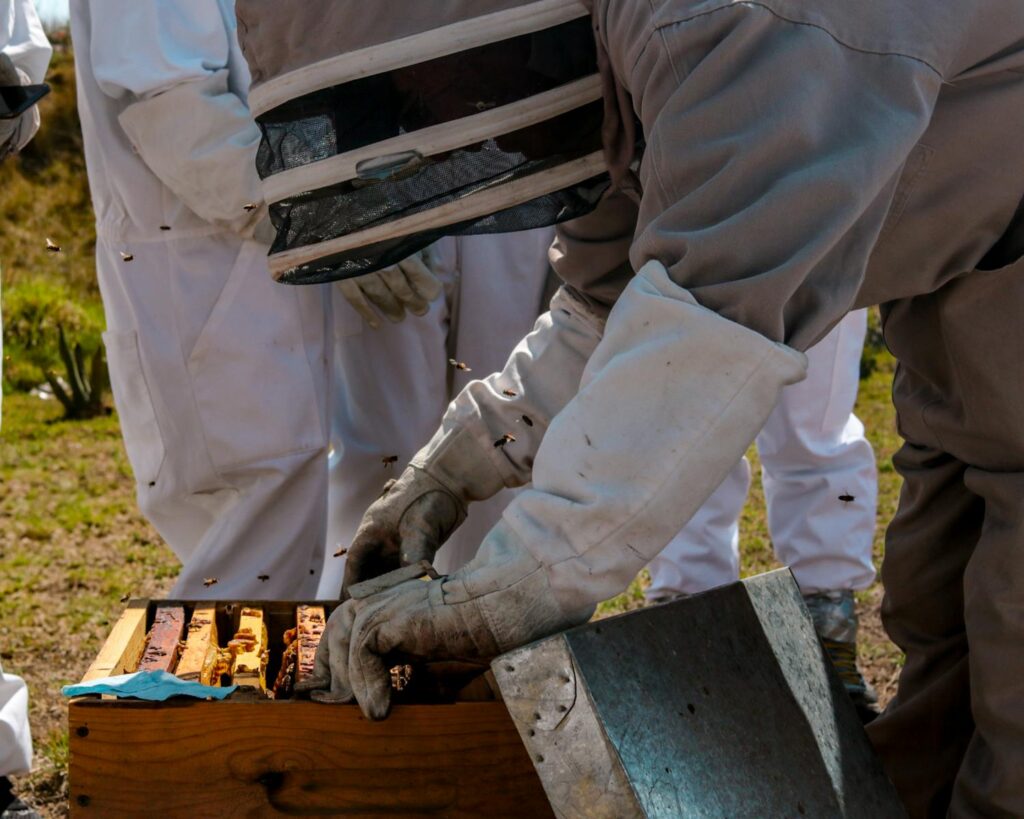
Insect pet ownership provides valuable opportunities to discuss ethical treatment of animals and environmental responsibility with children at an accessible level. Parents can guide conversations about providing proper care, ensuring humane treatment, and respecting an insect’s natural behaviors even in captivity. Children learn important lessons about responsible pet acquisition—understanding the difference between collecting insects temporarily for observation versus long-term pet ownership, and preferring captive-bred specimens over wild-caught when possible. The potential ecological impact of non-native species provides another teaching moment, as children learn why releasing pets into the wild (even insects) can harm local ecosystems. Creating naturalistic habitats for insect pets offers lessons in environmental stewardship, as children learn to recreate specific conditions like humidity levels, light exposure, and vegetation types. These conversations scale complex ethical concepts to a level children can grasp, building a foundation for responsible choices regarding all animals.
Overcoming Common Concerns and Misconceptions
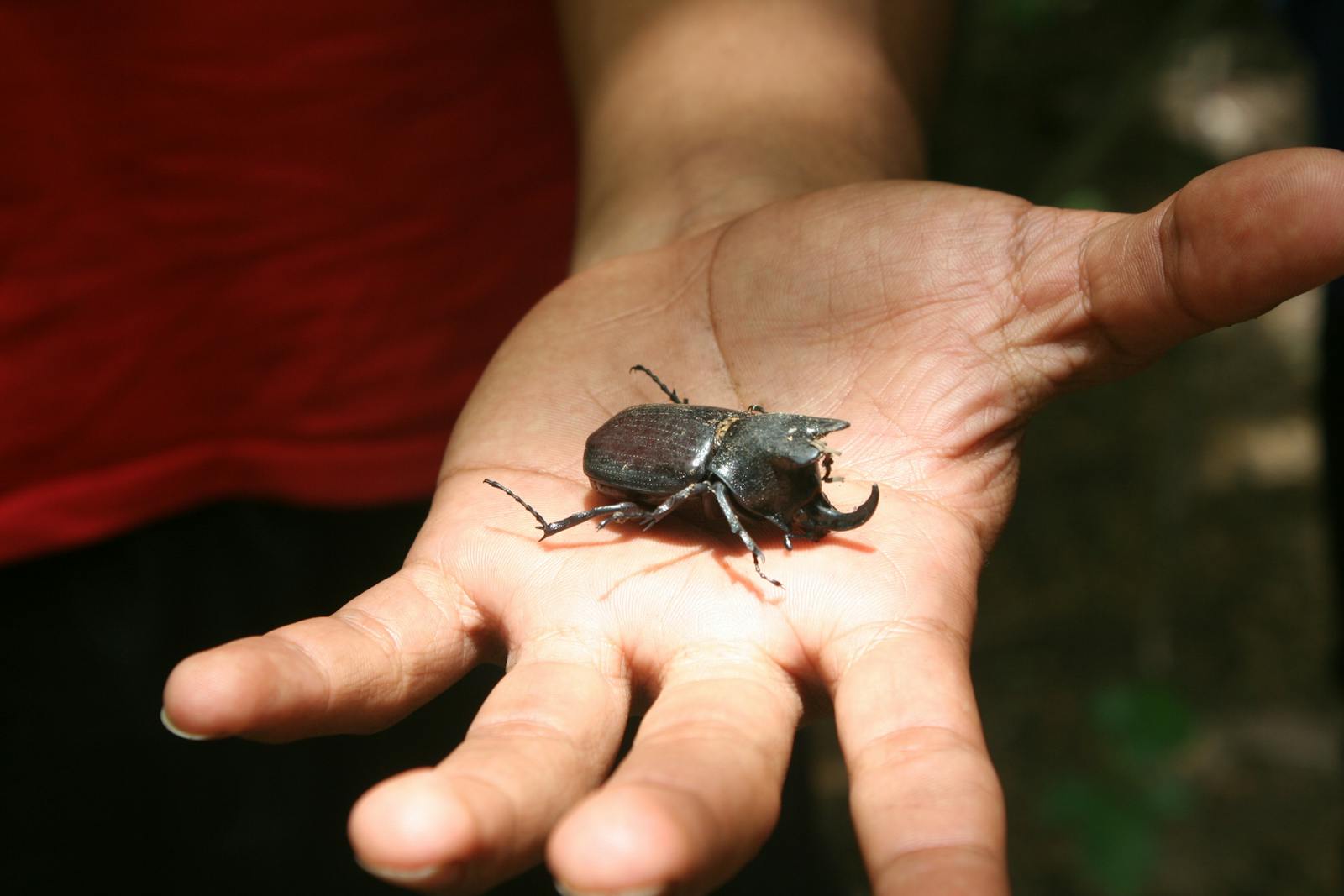
Parents considering insect pets often worry about safety, escapees, or inadvertently encouraging harmful behaviors toward outdoor insects. In reality, most beginner-friendly insect species are completely harmless to humans, lacking stingers, venomous bites, or disease transmission capabilities. Secure habitats with proper lids or mesh coverings effectively prevent escapes, though parents should explain that certain rooms (like kitchens) should remain insect-free for hygiene reasons. Rather than promoting negative behaviors toward wild insects, pet insect ownership typically fosters greater respect and understanding of their role in ecosystems. Children who care for insect pets often become more careful around wild insects, understanding their vulnerability and importance. Another common concern—that children will quickly lose interest—can be addressed by choosing species with interesting visible behaviors, involving children in habitat design, and establishing regular observation routines that maintain engagement over time.
Transitioning to Other Pets

The skills and responsibility habits developed through insect pet care create an excellent foundation for caring for more complex pets in the future. Parents can explicitly connect the caregiving concepts children master with insects—regular feeding, habitat maintenance, observation of health and behavior—to the similar but more demanding requirements of larger pets. When children demonstrate consistent responsibility with their insect pets over time, families can use this as a measurable benchmark for readiness to take on more demanding pet care. The progression might move from insects to other invertebrates like hermit crabs, then to small vertebrates like fish or hamsters, building a ladder of increasing responsibility that matches the child’s developing capabilities. Many families find that starting with insects allows children to experience the joys and challenges of pet ownership without the significant emotional and financial investment of beginning with more complex animals, creating a thoughtful pathway to diverse pet experiences.
Conclusion
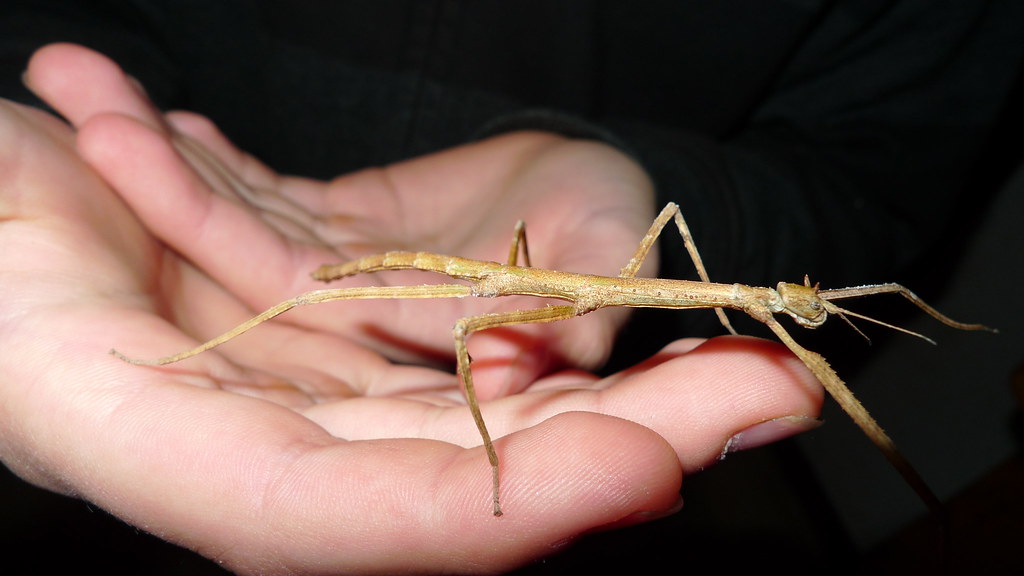
Insects offer an often-overlooked but remarkably suitable entry point to pet ownership for curious children. Their combination of low maintenance requirements, fascinating behaviors, educational value, and accessibility makes them ideal first companions for young animal enthusiasts. Beyond practical benefits like affordability and minimal space needs, insect pets provide unique opportunities for children to develop empathy, scientific thinking, and responsibility in an age-appropriate context. While they may not provide the cuddly companionship of traditional pets, insects open doors to observation, wonder, and discovery that can shape a child’s relationship with the natural world for years to come. Whether as a stepping stone to larger pets or as worthy companions in their own right, these tiny creatures offer outsized benefits for curious young minds ready to explore the fascinating world of pet ownership.

